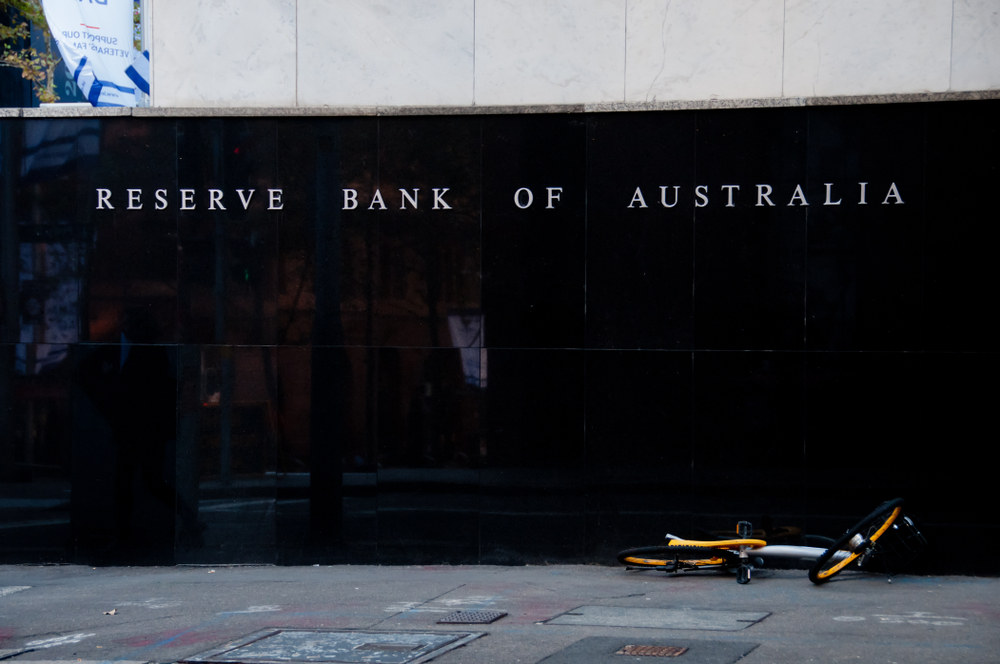
From humble beginnings, central banks have spread across the world. Editorial credit: EyeofPaul via Shutterstock
If you’re familiar with our daily currency notes, you’ll know we spend an awful lot of time talking about central banks. That’s because central banks control interest rates, the same interest rates that can make borrowing money more expensive or less expensive.
The Bank of England, the Federal Reserve and the European Central Bank are integral to the functioning of their economies. But why is this? This blog takes a look at the history of central banks and why interest rates are so important to the global economy.
A short history
Central banks have been around since 1688, when Sweden’s Riksbank was founded as a joint stock company to lend the government money. The Bank of England followed suit in 1694 before much of Europe rolled out their own versions. Since then, central banks have become standard practice across the world, although their exact responsibilities vary significantly.
Operating with a central bank gives economies the advantage of having a lender of last resort in times of crisis. Back in the 17th century, this was great for raising funds to pay for shipments of food in bad harvest years, as well as financing and repairing the costs of war. Today, central banks are a backstop against excess, as the Bank of England’s careful management of 2023’s LDI crisis showed.
The Bank of England did not gain full independence from the UK government until 1997. Having policymakers inside the tent was a great idea in theory but led to accusations of political bias. Even today, politicians often try to pile pressure on central bankers to move rates to a more politically convenient level (see Jeremy Hunt’s recent comments and some less tactful remarks by Donald Trump). Likewise, the Federal Reserve is technically an independent body but it must still report to US congress.
Central banks evolved as a practical solution to a world desperate for credit. We’ve come a long way since 1688, but as the global economy continues to expand, their role as rate-setters and largescale lenders is more important than ever.
Why we should take notice
Over the last few years, central banks have broadly attempted to control inflation by raising interest rates. Increasing the cost of credit is a blunt tool, but it is remarkably effective at quelling appetite for lending in overheated economies.
That’s just one aspect of what central banks can do. Other functions include acting as a currency reserve, regulating a country’s financial system and issuing bank notes and fiat currency.
Businesses around the world look to borrow to expand their operations, but higher interest rates mean they are less likely to do so. As the cost of borrowing goes up, some companies find themselves overextended and fail entirely. All because Andrew Bailey, Jerome Powell and people of their ilk have decided rates must be higher.
Policymakers can often come across a little cold, but they do know they are looking at more than numbers. For every quarter point interest rates rise, businesses will fail, families will default on their mortgage payments, and people will lose their livelihoods.
The stakes for central banks are massive. We devote a lot of time talking about them because they are so important in their roles as lenders and rate setters. For our corporate clients, being aware of interest rates and the role of central banks is just another weapon in your arsenal for fighting risk.
To learn more about how Smart Currency Business can help you, give one of our friendly account managers a call on 020 3773 7402 or visit our website for more information.

 020 7898 0500
020 7898 0500